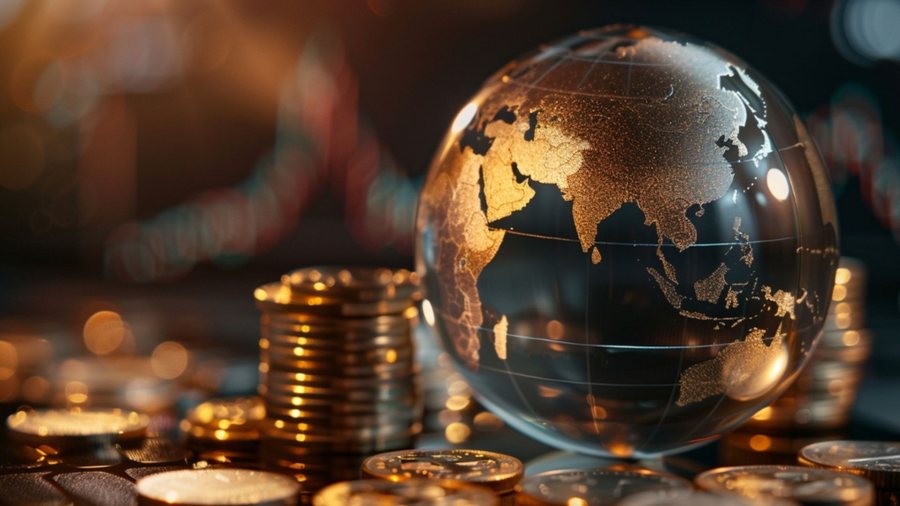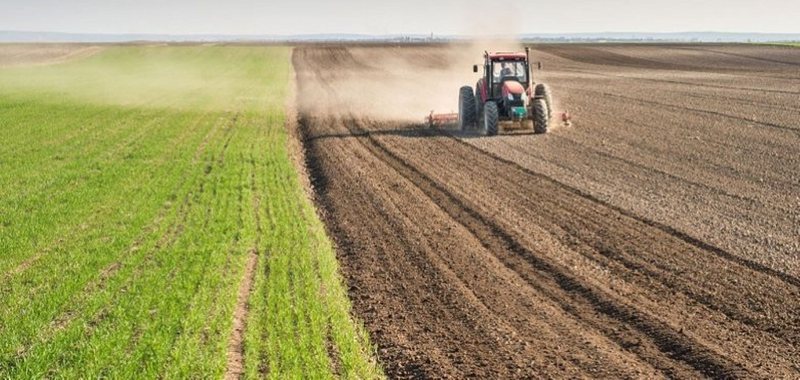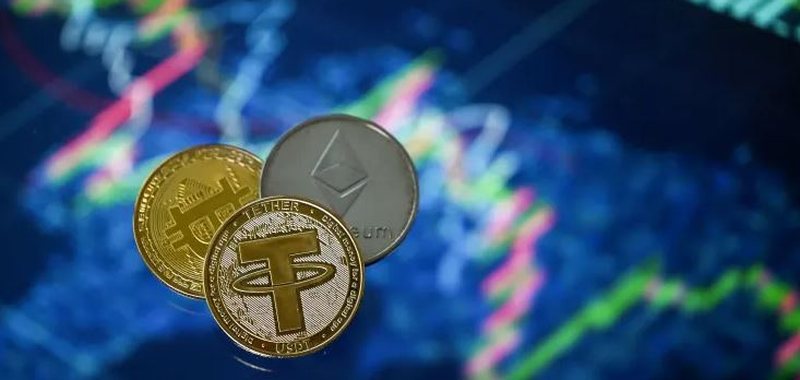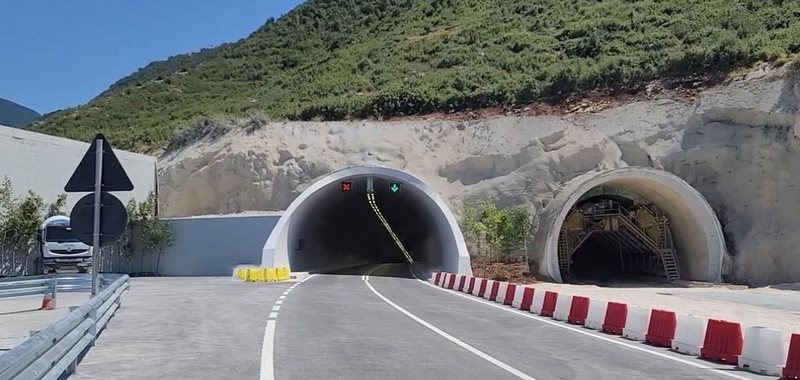From Switzerland and the Netherlands, to Turkey and Italy/ How did the map of foreign currency in Albania change over a decade?

Over the past ten years, foreign direct investment in the country has undergone a significant transformation in both quantity and structure. In 2014, capital flows from abroad amounted to around 869 million euros, while by the end of 2024 they had risen to over 1.5 billion euros. Investments have increased by over 80% over the decade, which translates into an average annual growth of around 6%. However, according to the analysis of “Scan Intel”, in addition to the simple numerical growth, the last decade has shown a clear shift in the profile of these investments, both in terms of investor countries and sectors where capital is concentrated.
At the beginning of the period, the panorama was dominated by countries such as Greece, the Netherlands, Switzerland and Turkey, which carried the main weight of the flows. Over the years, their role transformed significantly. Italy, for example, emerged as an increasingly important actor, especially after 2020, marking steady growth. Another surprise was Kosovo, which from an almost negligible source in 2014 turned into a significant investor, injecting over 95 million euros in 2024. Turkey and Germany also significantly increased their presence in recent years, bringing new capital especially in the period 2023-2024. Meanwhile, Greece lost the role it had at the beginning of the decade, while the Netherlands remained a traditional center of global capital channeling, albeit with large fluctuations from year to year.
If the panorama by origin has changed, equally significant is the transformation by economic sector. Until the middle of the decade, the extractive industry and electricity held the main weight, absorbing giant projects that often explained the unusual peaks of FDI. These sectors remained important, but after 2020 a clear shift towards more sustainable and long-term activities was observed. Real estate, for example, from a sector with a modest weight of 50 million euros in 2014, grew to almost 380 million euros in 2024, reflecting the boom in the real estate market and the confidence of foreign investors in this area. Financial services and insurance followed a similar path, going from low levels to over 280 million euros by the end of the period, which indicates a deepening of the domestic financial sector under the influence of foreign capital. Another significant development is the processing industry, which, although initially only accounting for 37 million euros in investments per year, rose to over 170 million euros in 2024, signaling a new orientation towards production and the creation of added value.
This sectoral diversification does not diminish the importance of the extractive industry or energy, which remain the main pillars, but shows that investments are no longer limited to natural resources or large single projects.
In geographical terms, the connection with the regional neighborhood has been significantly strengthened. Italy, Kosovo and Turkey are not only trading partners, but increasingly also active investors, bringing capital that is directly related to the economic integration of the region.

Trump warns of massive cuts - Government shutdown puts many federal employees and projects at risk
US President Donald Trump said federal workers could be laid off and projects suspended if the government shutdown continues. He also announced that......

What does the new land reform foresee? - The "green light" opens. From ownership to control over degradation
Land ownership and fragmentation issues are expected to be resolved. The Inter-Ministerial Committee established to advance the Integrated Land Management......

Over 820 thousand applications in e-Albania during September - What are the most used services by citizens and businesses?
During the month of September, over 820,000 applications were made in the five most used services on the state digital platform e-Albania. Of these, 295......

Careers that start from school desks - Expert: Dual education is preparing generations closer to the job market
A new form of education offers a fruitful opportunity for the future, for young Albanians. Dual vocational education, a system that combines theory with......

EU calls for urgent measures for “stablecoins” - Differences in regulations could threaten the European financial market
The European Union's financial risk watchdog has called for urgent action on stablecoins, which are issued partly within the bloc, reflecting concerns from......

Britain tightens rules for immigrants - Refugees lose automatic right to family reunification
The British government has announced that it will no longer automatically grant migrants who have been granted asylum the right to permanent residence and......

Llogara Tunnel, 100-5,000 lek per passage - Tariffs are set, scheme according to 5 vehicle categories
The Ministry of Infrastructure and Energy and the Ministry of Finance have approved the fees to be paid by vehicles for passing through the Llogara......

How did this week end for the major currencies?
The US dollar, after a continuous decline during this time, has closed this week positively, marking a slight increase in the quote this morning as it was......





















